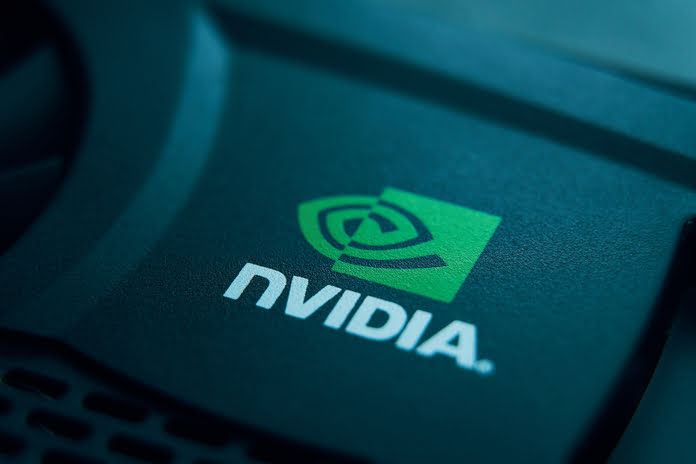Nvidia (NASDAQ:NVDA) witnessed a remarkable increase of over $10 on July 18, pushing its share price to $474.94, marking a gain of more than 2.22% for the day. The demand for shares in this AI chip company seems insatiable among investors. Interestingly, this surge in popularity has also led to a surge in unusual stock options activity, particularly with its put options.
Barchart’s Unusual Stock Options Activity Repor, released after the market closed yesterday, highlighted a significant rise in volume for put options set to expire on August 25, a span of 37 days from now. The traded volume for put option contracts reached an impressive 9,800 contracts. Furthermore, the strike price associated with these options was noticeably lower than the current market price.
According to the report, a total of 9,870 put option contracts were exchanged for the $460 strike price, with an average premium of $26.84. This means that either one or two large traders either invested $24.156 million for 9,000 put contracts or opted to short the put contracts and received that amount as a premium.
If the traders purchased these puts, the stock would need to fall below $448.10 (calculated as $474.94 spot price minus $26.84 premium paid). This indicates that they believe NVDA may be overvalued and could potentially decline by over 5.6% within the next 37 days, leading up to August 25.
Short Put Side
However, in the case of traders shorting NVDA puts, they would need to secure sufficient cash or margin with their brokerage firm to receive any portion of the premium. For instance, for every 1,000 put contracts shorted, they would have to secure $46 million. In return, their trading account would immediately receive $2.685 million per 1,000 put contracts sold short.
This translates to an attractive yield of 5.836% for a mere 37 days of risk. Dividing $26.85 by $460.00 (the premium received per 1,000 puts for $46 million invested) results in the aforementioned yield. Considering there are approximately 10 periods of 37 days in a year, this would amount to an annualized return of 58.36%, assuming the strategy could be repeated 10 times a year.
It is evident that this substantial level of activity likely comprises a mixture of both long put buyers and short sellers aiming to collect the put income. Notably, the number of contracts traded at this strike price on the previous day surpassed the number of previously outstanding contracts by more than 62 times.
Regardless of the approach taken, both sides anticipate a substantial movement in the stock’s price by August 25. This expectation is likely attributed to the company’s forthcoming announcement of its Q2 earnings, scheduled for August 23.
Nvidia Stock: Analysts’ Views
Currently, the average price target among 41 analysts stands at $430.00 per share. With NVDA now trading at $474.94, it has surpassed analysts’ price targets by over 10%.
However, one analyst, Daniel Morgan, Senior Portfolio Manager at Synovus Trust, dismisses the significance of this discrepancy. According to Morgan, everybody else is playing catchup in the AI wars. He believes Nvidia is the first company to demonstrate tangible numbers reflecting the impact of AI on its operations, which grants it a first-mover advantage that is reflected in the stock’s price.
Nonetheless, NVDA’s valuation has reached elevated levels, entering what some refer to as “nosebleed territory.” Seeking Alpha reports that NVDA stock is trading at 60 times its earnings for this year and 45 times its earnings for the next year.
While some traders argue that Morningstar’s data indicates an average forward P/E ratio of 41x over the past 5 years, making the current 45x ratio not significantly distant, others, particularly recent long put option buyers, find it challenging to justify the stock’s recent surge and its lofty valuation.
On the other hand, short put sellers are content to collect the immediate yield of 5.836% offered by the $460 strike price puts, valid until the August 25 expiration period.
Featured Image: Megapixl















